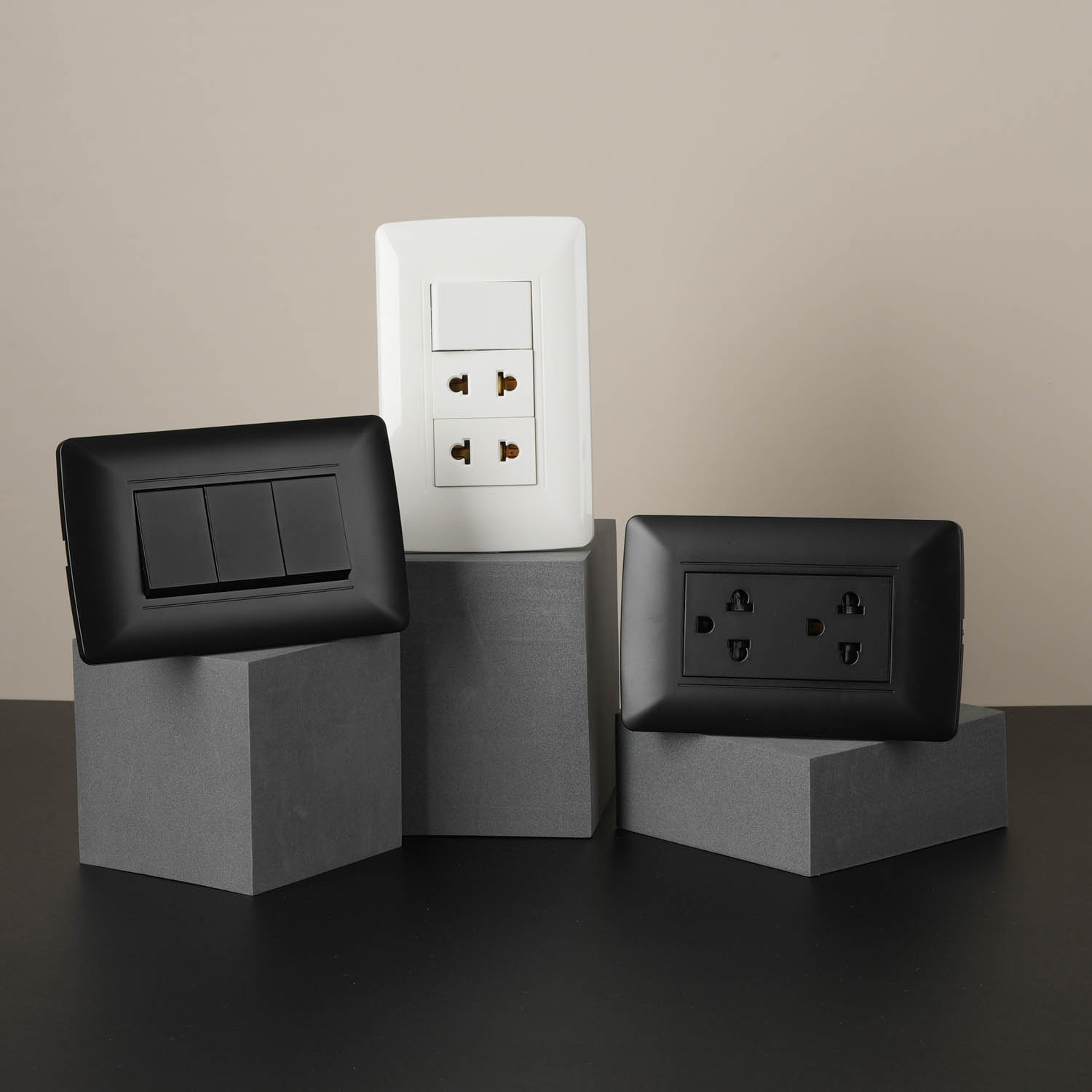Categories
- Blog (315)
Electrical switch manufacturing overview
Electrical switches are an important part of electrical systems in buildings, homes and industries. They are used to control electrical current and turn on/off electrical equipment. The electric switch manufacturing involves multiple processes, including design, prototyping, testing and production.

Electrical switch manufacturing process
Design and prototyping
The Electrical switch manufacturing process begins with the design and prototyping stages. During this phase, engineers and designers work together to create a blueprint of the switch, including its size, shape, and functionality. The design is then tested and refined until it meets the required specifications.
Forming and casting
The next step in the manufacturing process is shaping and casting. A mold is created based on the final design and molten plastic is injected into the mold to form the switch housing. Allow the plastic to cool and harden before opening the mold and removing the switch housing.
Assembly and finishing
Once the switch housing and any necessary metal parts are fabricated, the switch can be assembled. Insert the metal parts into the housing and wire and test the switch to make sure it is working properly.
Inspection and testing
Quality control is an important aspect of electrical switch manufacturing. During the production process, each switch must undergo a series of inspections and tests to ensure that it meets the required standards. The inspection process begins with the raw materials used to manufacture the switch. Check materials for quality and consistency to ensure they meet required specifications.
Overall, quality control is a critical aspect of electrical switch manufacturing.